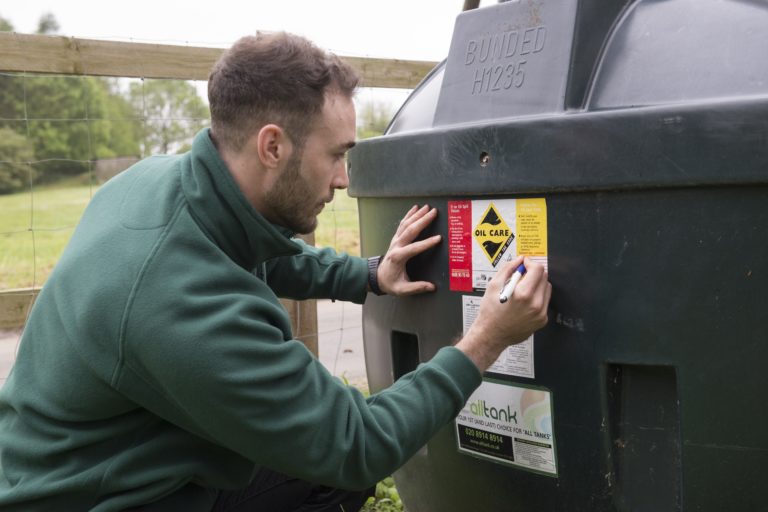
Building work and associated trades are tightly controlled in the UK through a framework designed to ensure that work is carried out to an appropriate standard. The increased penalties for those who fail to comply are due to changes being introduced to the Building Safety Act to ensure these standards are met.

The Building Regulations 2010 cover the construction and extension of buildings and many types of alteration projects, including the installation or replacement of a heating system, adding extra radiators to a heating system, or the installation or replacement of an oil tank.
With the potential penalties set to increase, industry trade body OFTEC has published additional information to help heating installers ensure they understand their legal responsibilities.
A legal requirement
There are three options to comply in England and Wales:
- Submit a building notice and obtain approval from local authority building control
- Use of a private approved building inspector
- Use a tradesperson registered with a competent person scheme
Heating technicians registered with a government approved competent person scheme, such as OFTEC, can self-certify certain building work, including heating installations. Membership of a competent person scheme is voluntary – you can still use local authority or private approved inspectors if you prefer – but the regulations are a legal requirement.
A local authority has a duty to enforce the building regulations in its area and will seek to do so by informal means wherever possible. If compliance still isn’t achieved, the local authority has formal enforcement powers which it may use in appropriate cases.
Stronger sanctions
If a person carrying out building work contravenes the Building Regulations, the local authority may prosecute them in the Magistrates’ Court where an unlimited fine may be imposed (sections 35 and 35A of the Building Act 1984). This will soon be strengthened by the Building Safety Act, with up to two-years imprisonment being added to the sanctions available to the courts. This action will usually be taken against the person carrying out the work, for example the builder, installer or main contractor.
Alternatively, or in addition, the local authority may serve an enforcement notice on the building owner requiring alteration or removal of work which contravenes the regulations (section 36 of the 1984 Act). If the owner does not comply with the notice, the local authority has the power to undertake the work itself and recover the costs of doing so from the owner.
Uncertified work often comes to light when a house is sold and the owner is forced to sort the matter out.
Safeguarding consumers
In response to the changes, Adrian Lightwood, OFTEC registration director, said: “Building Regulations are primarily there to safeguard consumers and ensure that work is carried out to a satisfactory standard. The framework in place to achieve this is tried and tested.
“Competent persons schemes provide a way for heating technicians to self-certify the installation work they carry out. While other routes to compliance are available, anyone who thinks it is acceptable to work outside the Building Control system by not getting their installation work certified is letting their customers down and, potentially, breaking the law”.
Local Authority Building Control (LABC) issued the following statement: A person who intends to carry out building work (which includes the provision or extension of a controlled service or fitting such as those governed by Part J – Combustion appliances and fuel storage systems) must apply to the local authority, unless other routes to notification specified in the building regulations, such as the competent person schemes, are used or required instead.